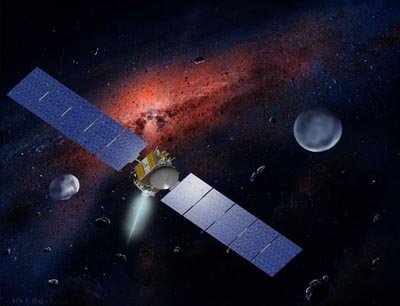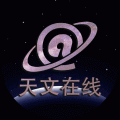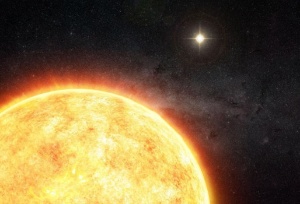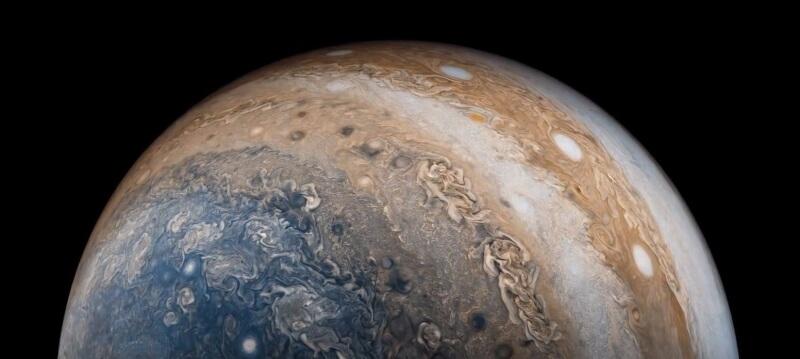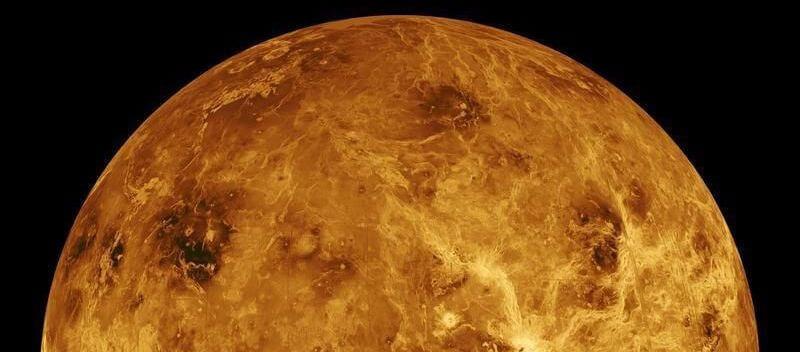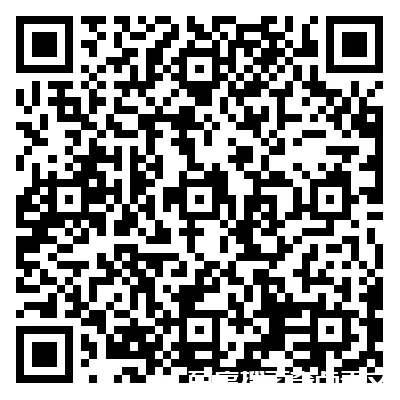-
庞士-布鲁克斯彗星指向相反的彗尾
庞士-布鲁克斯彗星指向相反的彗尾 庞士-布鲁克斯彗星指向相反的彗尾 Comet Pons-Brooks Develops Opposing Tails Image Credit & Copyright: Rolando Ligustri & Lukas Demetz Explanation: Why does Comet Pons-Brooks now have tails poi…- 2
- 0
-
火星的卫星、撞击坑与火山
火星的卫星、撞击坑与火山 火星的卫星、撞击坑与火山 Mars: Moon, Craters, and Volcanos Image Credit: ESA, DLR, FU Berlin, Mars Express; Processing & CC BY 2.0 License: Andrea Luck; h/t: Phil Plait Explanation: If you could…- 0
- 0
-
着陆土卫六: 惠更斯号的下降影片
着陆土卫六: 惠更斯号的下降影片 https://www.nasachina.cn/wp-content/uploads/2025/01/Titan-Touchdown.mp4 Titan Touchdown: Huygens Descent Movie Video Credit: ESA, NASA, JPL, U. Arizona, E. Karkoschka Explanation: Wha…- 9
- 0
-
SOHO:守望太阳20年
中微子振荡是当前粒子物理研究的一个热门话题。自20世纪60年代末起,设在美国南达科他州霍姆斯塔克(Homestake)金矿井下的四氯化碳中微子探测器开始测量太阳中微子,并发现中微子实际流量只有理论值的三成左右,由此对太阳(以及所有恒星)的结构模型提出了严峻挑战。因为这些中微子据信是起源于太阳发生核聚变反应的中心区域的,而中微子流量与产能速率直接相关。观测上如此显著的中微子亏缺只能源自两种可能性——…- 110k
- 1.3k
-
黎明号:小行星探测的一缕曙光
预计9月发射的小行星探测器黎明号(Dawn)如其名,既是为了研究太阳系的黎明时代,又被人们寄予希望,期待着它能为小行星的探测带来新的曙光。这是第一架旨在近距离研究主带小行星的探测器,是NASA发现计划的10个任务中的第9个,有望作出一批划时代的发现。</>艺术家笔下的黎明号小行星探测器。(图片提供:William K. Hartmann Courtesy of UCLA) 任务概述简单…- 131.1k
- 1.4k
-
【天文软件】终极天文软件(英文版)
AA+ C++ implementation for the algorithms as presented in the book 'Astronomical Algorithms' by Jean Meeus ASTRONOM Planetary information software ATC Advancede Telescope Control Telescope c…- 145.3k
- 3.4k
-
What happens if there is a strong magnetic star entering the solar system?
The strong magnetic star is the most energetic object in the universe and is the largest rotating magnet ever existed.- 17.9k
- 360
-
What happens if you expose a person to the back of the moon?
What happens if you expose a person to the back of the moon?There is a topic that is easy to misunderstand in this topic.- 24.5k
- 358
-
Jupiter Introduction
Jupiter Introduction,Jupiter is the largest planet in the solar system. To what extent is Jupiter? To compare, if Jupiter is a hollow sphere, then there can be about 1,300 Earth inside, which shows ho…- 21.4k
- 237
-
Mars Introduction
Mars Introduction,Mars - The fourth planet of the eight planets of the solar system, between the Earth and the asteroids, is about 1.52 AU from the Sun.- 20k
- 388
-
Earth introduction
Earth introduction,The Earth is the third planet of the eight planets of the solar system, with a satellite moon (commonly known as the moon) between Venus and Mars.- 22.1k
- 274
-
Venus Introduction
Venus Introduction,Venus is the second planet of the eight planets of the solar system, about 0.72 astronomical units from the Sun, orbit between Mercury and Earth.- 21.9k
- 290
-
Mercury Introduction
Mercury Introduction,Mercury is the innermost and closest solar planet among the eight planets of the solar system.- 19.2k
- 267








